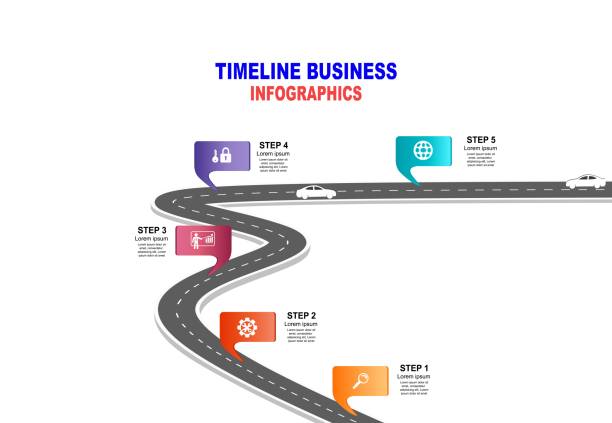Most companies now recognize the importance of first-party data. It’s the future of data-driven strategy, especially with the deprecation of cookies and the rise in privacy expectations.
When used to its full potential, first-party information can help companies build stronger relationships with their customers, achieve a competitive edge, and grow the business in a way that is both privacy-conscious and customer-centric.
One in twenty companies claims to have tapped into more than 80% of the potential of first-party information.
What’s the deal?
Each business is unique, with its own set of challenges and opportunities related to first-party data. Understanding the factors that influence the journey and the milestones along the route is key to laying the foundation for success.
The variables that shape the first-party data journey
While every company is different, some fundamental similarities shape the first-party data journey.
Consideration of the following variables, when taken into account appropriately, can help you right-size your strategy and ensure that you get the data you need in the timeframe you require it.
- Company Profile Industry vertical, size, region of operation, and structure (e.g., brands, business units) are all factors that influence how first-party data is collected, managed, and activated to improve business outcomes. All of these factors play a role in how first-party information is collected, managed, and used to improve business outcomes.
- Organizational Structure. How different roles and functions work together within the company is a significant factor in determining the success of initiatives involving first-party data. It is important to have the right skill sets in order to maximize the value of your data and implement your use cases.
- Current State: Your data journey is influenced by the initiatives you are currently focusing on, your maturity in handling data, and any timelines or constraints in place. Your company’s technology stack will also determine the capabilities and limitations of using first-party data.
- The desired outcome. Lastly, the use cases you choose will determine how much data is needed to achieve your goals. Setting relevant metrics and KPIs that are aligned with the overall business needs will help ensure a purposeful, results-driven strategy for first-party data.
Milestones of the First-Party Data Journey
The combination of all the macro components above will ultimately determine the speed and approach that is right for you and your company.
It’s important to keep in mind that transforming your first-party data into a competitive edge is not a process you can do overnight.
You can expect five major milestones along the way.
- Building a solid foundation The journey of first-party data begins with the building of a solid foundation. You can plan and prioritize your specific use cases by taking into account the variables listed above. This foundation is the basis for future growth and determines the speed at which you can move from one stage to the next.
- Expansion. After establishing your foundation, you can expand your first-party strategy to include additional brands, business units, or regions based on the needs of your business. Extending across brands and regions, for example, will allow you to capture regional preferences and variations while leveraging insights from your brand portfolio.
- Replication. You can use the experience you gain from expanding your strategy for first-party data to replicate successful implementations across other channels, departments, and teams. Using insights from marketing can help improve customer success programs, maximizing the value of the first-party data throughout the organization.
- Diversification: Now that you have a solid foundation and are utilizing data more effectively, it is time to diversify your growth sources. To do this, you will need to explore new revenue opportunities as well as ways to engage consumers. You can achieve long-term business success by leveraging new growth initiatives. This will also allow you to adapt more quickly to market changes and consumer behavior.
- Innovation. Moving beyond the conventional and into innovative territory is the final stage. By leveraging first-party data insights to explore new revenue streams and business models, companies can stay ahead of their competition. To achieve this step, companies must embrace change and have a forward-thinking attitude.

